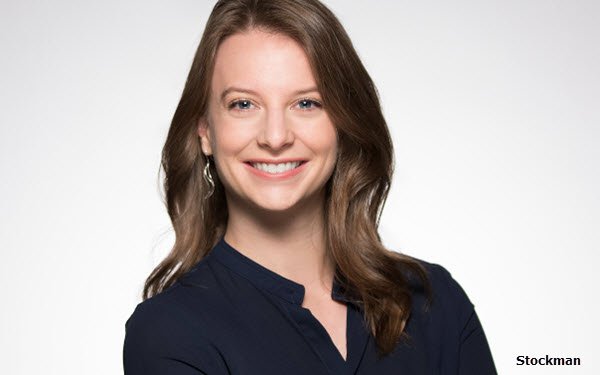
This year’s NewFronts, and
UpFronts, were unprecedented not only for their virtual formats, but for the extraordinary context, as world events required scrambling to adjust marketing strategies and budgets on the fly. We asked
Samantha Stockman, group director for The Media Kitchen, to weigh in on what’s transpired since March and what may be ahead as adaptation to this strange new world continues.
What are
your key takeaways from this year’s NewFronts, particularly particularly regarding OTT and CTV?
Stockman: It's no new news that video streaming is on the rise, but continued
growth in cordless households and time spent streaming — among all age groups — have definitely been front and center. The added layer this year, of course, was that COVID-19 and
shelter-in-place orders greatly accelerated that growth, as many more people found themselves looking for entertainment at home.
advertisement
advertisement
Media partners’ creativity quotient was/is another key
consideration. From a content perspective, as the subscription options stack up, there’s even greater stress on the importance of originals and exclusive libraries in drawing in consumers and
creating a “must-have” perception for specific streaming services.
From an advertising perspective, we’re looking for unique ad opportunities that put the viewer experience
first — formats that are engaging and non-intrusive, like pause ads.
In measurement, the ability to control reach, frequency and duplication across buys — whether by integrating
directly with DSPs or owning a solution, like Roku's OneView and Disney’s Hulu XP — continues to be a major theme.
Regarding attribution, from Roku's Kroger data integration to
Hulu's Gateway Go unit, it's clear that CTV partners are identifying ways to show how a traditionally more “leaned back” experience can be engaging and reach conversion goals.
Are these the trends and factors that will continue to dominate in the months ahead?
Stockman: CTV is starting to mature, and providers are listening to viewers
and advertisers alike to improve platform experiences. At some point, consumers will hit a point of subscription fatigue, and the AVOD platforms with the best content, diverse voices telling stories,
and non-disruptive, engaging ad experiences will win. To stay at the top, CTV providers will also need to continue to innovate measurement solutions. So yes, I see all of these continuing to develop
in the future.
What about pricing and negotiation points?
Stockman: Flexibility is paramount now. It’s no secret that for many advertisers, the last few
months’ events have resulted in strategy changes, messaging shifts and budget cuts. The ability to cancel a buy, shift the line of business supported within a buy, and be nimble with messaging
switches is extremely important.
Because many brands are asking for more flexibility and better cancellation terms amid budget uncertainty, we may see upfront pricing become more favorable as
supply exceeds demand. Most CTV providers we speak to already offer reasonable cancellation terms for standard video commercial inventory, but tend to lock in more integrated partnerships that
involve additional production fees.
What are the key remaining challenges and next steps for CTV measurement and attribution? Why do we hear some buying pros extol CTV’s
superior measurability, and others stress that there’s still a long way to go on this front?
It all depends on a brand's objectives. For a branding message, most CTV
providers we speak to go beyond reach and frequency, views and completion rates, and are able to offer third-party brand lift studies — pending statistical significance — to understand a
campaign's impact on awareness, favorability, purchase intent, etc.
For conversions, the industry is making strides, but still has a long way to go. CTV remains a largely passive viewing
experience. Many CTV ads are not clickable. And for those with interactive functionality built in, it's not habit for viewers to scan a QR code on their TV or use their remotes to enter their phone
number to receive further communication from a brand. So for any attribution solution relying on last click, CTV remains a gap.
What opportunities and challenges have the events
surrounding the pandemic created for OTT and CTV, specifically?
Stockman: The increased viewership during shelter-in-place has provided the opportunity to test engaging
consumers beyond traditional 15- and 30-second spots, particularly from a creative perspective. We're in a unique time. A lot of people across the world can relate to one another in a way they
couldn't before —whether it's about adjusting to working from home, juggling childcare with work responsibilities, or finding ways to stay active — and can share messages that resonate
with others. The challenge for brands is to have a memorable message that stands out and sticks during this time when "we're all in this together."
Would you be in favor of combining
the NewFronts and UpFronts?
Stockman: Yes. The line between linear TV and CTV continues to blur, both from the operational perspective of who is responsible for planning and
buying video, and in the eyes of the consumer. TV is TV, whether it's live, on demand, or through a smart TV, connected device, or cable box. Combining Newfronts and Upfronts would give advertisers
more transparency in terms of price, placements, reach and duplication across the entire video buy.